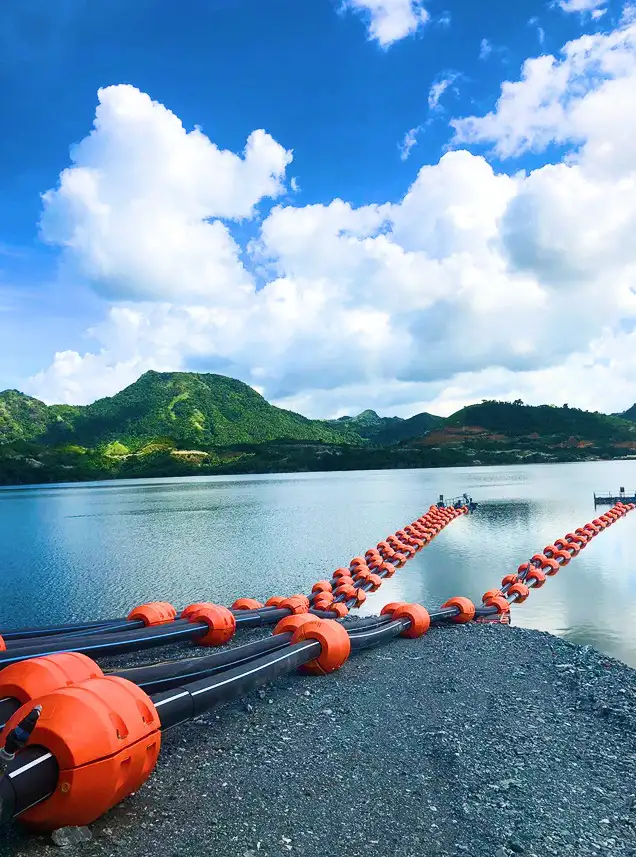
A flexible rubber hose is a fundamental component in countless industrial, commercial, and residential applications. At its core, it is a tube designed to transport fluids—including liquids, gases, slurries, and powders—from one point to another. Its defining characteristic, flexibility, distinguishes it from rigid pipes, allowing it to bend, absorb vibration, and be installed in complex or moving systems where rigid piping would be impractical or impossible.
A flexible pipe rubber hose is a crucial component in countless industries and applications, designed to facilitate the safe and efficient transfer of various liquids, gases, and even solid materials. Unlike rigid pipes, their inherent flexibility allows them to accommodate movement, vibration, and bending, making them indispensable in dynamic environments or where static piping is impractical.
Material Composition: Typically constructed from natural or synthetic rubbers, such as EPDM (Ethylene Propylene Diene Monomer) for heat and weather resistance, NBR (Nitrile Butadiene Rubber) for oil and fuel compatibility, or silicone for extreme temperature applications. These materials are chosen for their specific resistance to chemicals, temperatures, and environmental factors.
Layered Construction: Most flexible rubber hoses comprise three main layers:
Inner Tube (Substrate): This is the innermost layer that comes into direct contact with the substance being conveyed. Its material is carefully selected based on the chemical compatibility and temperature of the fluid.
Reinforcement Layer: This layer provides the hose with its mechanical strength, pressure resistance, and vacuum resistance. It often consists of textile braids (like nylon or fabric), steel wire braids, or a combination of these, allowing the hose to withstand high pressures and prevent collapse under suction.
Outer Cover: The outermost layer protects the hose from external elements such as abrasion, weather, ozone, UV radiation, and mechanical damage.
Versatility: Flexible rubber hoses are incredibly versatile, used in a vast array of applications across diverse sectors including:
Automotive: Cooling systems, fuel lines, hydraulic systems.
Construction: Hydraulic lines for heavy equipment, water and air transfer.
Agriculture: Irrigation, fertilizer transfer.
Industrial: Chemical transfer, material handling (powders, granules), air compression, water supply, steam lines, and more.
Food and Beverage: Transfer of potable water, milk, beer, and other liquids, often requiring specific food-grade materials.
Oil and Gas: Transfer of crude oil, gas, drilling muds, and other fluids in both onshore and offshore operations.
Flexible rubber hoses are ubiquitous. Here are just a few examples across various industries:
Automotive: Fuel lines, coolant hoses (radiator), brake lines, power steering hoses, and air conditioning lines.
Industrial & Manufacturing: High-pressure hydraulic systems for machinery, pneumatic lines for compressed air, chemical transfer hoses, and material handling hoses for conveying abrasives like sand or concrete.
Construction & Agriculture: Water suction and discharge hoses for dewatering sites, hydraulic lines for excavators and tractors, and pesticide spray hoses.
Food & Beverage: Sanitary, non-toxic hoses for transferring milk, beer, wine, and other food products. These must meet strict FDA or European regulatory standards.
Oil & Gas: High-pressure drilling and exploration hoses (choke and kill lines), dock hoses for transferring petroleum products from ships to shore, and fuel delivery hoses at gas stations.
Marine: Fuel, water, sanitation, and wet exhaust hoses designed to withstand the harsh saltwater environment.
Choosing the correct hose is critical for safety, performance, and longevity. The industry standard for selecting a hose is the S.T.A.M.P.E.D. acronym:
S - Size: What is the required Inside Diameter (ID), Outside Diameter (OD), and Length? The ID is most critical as it determines the flow rate.
T - Temperature: What is the temperature of the fluid being conveyed and the ambient (external) temperature?
A - Application: How will the hose be used? (e.g., suction, discharge, hydraulics, gravity flow). What are the environmental conditions?
M - Media: What specific fluid or material will be flowing through the hose? This determines the chemical compatibility needed for the inner tube.
P - Pressure: What is the system's maximum working pressure? Are there pressure spikes or is it a vacuum application? The hose must have a pressure rating that exceeds the system's requirements.
E - Ends (or Couplings): What type of fittings or connectors are required to connect the hose to the system? They must be compatible with both the hose and the mating hardware.
D - Delivery: This can refer to the volume and velocity of the media, or any special requirements like abrasion resistance or standards compliance (e.g., FDA, USCG).
In summary, flexible pipe rubber hoses are engineered solutions that provide a dynamic and reliable means of fluid and material transfer, offering significant advantages in adaptability, vibration absorption, and chemical resistance over rigid piping systems in numerous industrial and commercial settings.
